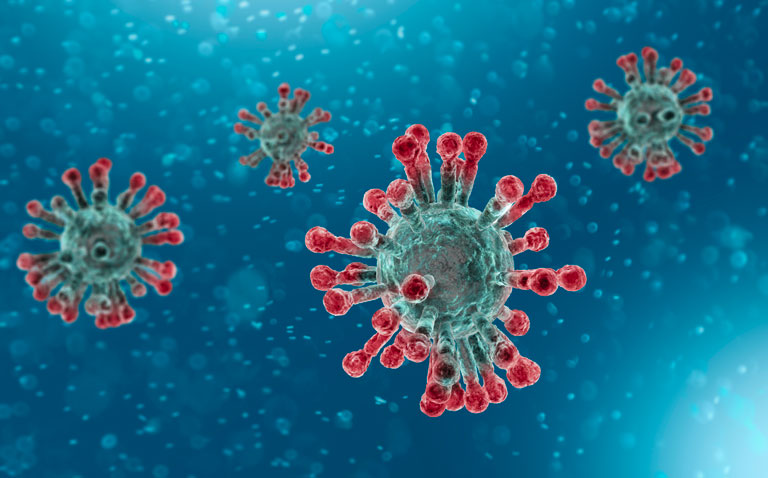A rapid COVID-19 NICE guideline on the use of dermatological drugs affecting the immune system advised temporary discontinuation of biologic agents.1
However, an editorial by two US dermatologists argues against blanket discontinuation.2 The authors note how much of the lung damage from COVID-19 infection is due to an exaggerated immune response or cytokine storm, with high levels of cytokines such as tumour necrosis-factor-alpha (TNF-∝).
They suggest that clinicians consider the evidence from other viral outbreaks to help inform their decision-making. For instance, a study in mice showed how treatment with biologics such as TNF-∝ inhibitors improved outcomes by limiting the lung damage caused by the H1N1 (SARS) virus.3 Furthermore, they point to data in a US biologics registry showing how rates of serious infection were lower in patients prescribed ustekinumab and that there appears to be little difference in general infection rates between drug and placebo groups in those prescribed interleukin-17 and interleukin-23 antagonists.
They conclude that in the absence of definitive evidence that use of biologics increases the risk of COVID-19 infection, decisions to stop treatment should be made on an individual basis, balancing the likely risk of infection with the fact that discontinuation will undoubtedly lead to disease exacerbation.References
References
- National Institute for Health and Care Excellence. NG169. www.nice.org.uk/guidance/ng169 (accessed April 2020).
- Bashyam AM, Feldman SR. Should patients stop their biologic treatment during the COVID-19 pandemic. J Derm Treat 2020 Mar19; 1-2 [Online ahead of print].
- Shi X et al. Inhibition of the inflammatory cytokine tumor necrosis factor-alpha with etanercept provides protection against lethal H1N1 influenza infection in mice. Crit Care 2013;17(6):R301.










